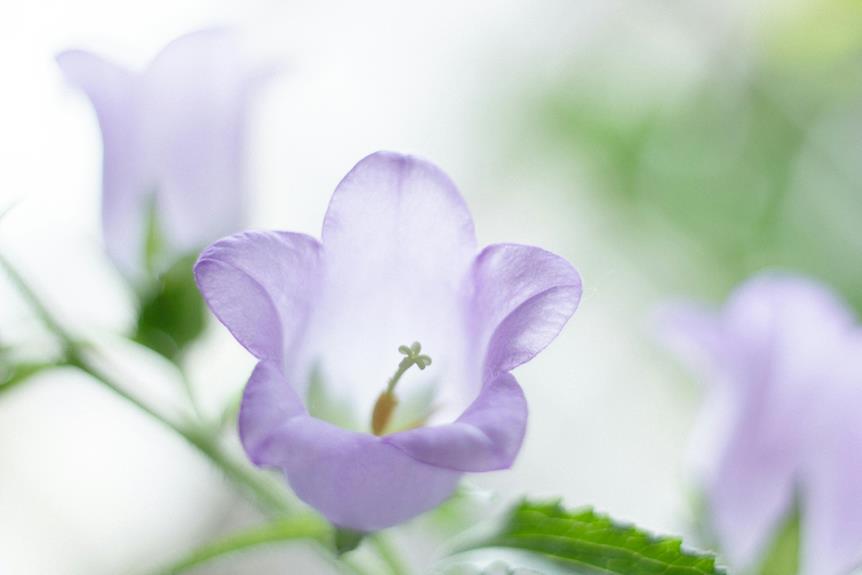
When considering different growing mediums for hydroponics, you'll find a range of options with distinct advantages and drawbacks. Each medium serves a specific purpose, catering to various plant needs and grower preferences. From the excellent water retention of Rockwool to the lightweight nature of Perlite and the sustainability of coconut coir, each medium brings something unique to the table. But what are the trade-offs you might encounter when choosing between these options? Stay tuned to uncover the key pros and cons that could influence your hydroponic setup.
Rockwool
When starting your hydroponic journey, consider using Rockwool as a versatile and popular growing medium. Rockwool, made from basalt rock and chalk, provides excellent water retention while allowing for ample oxygen flow to the roots. Its pH neutrality ensures that you have more control over the nutrient solution you provide to your plants. This medium is also reusable, making it a cost-effective option in the long run.
To set up your hydroponic system with Rockwool, simply soak the cubes in water with a balanced pH level before planting your seeds or seedlings. The fibrous structure of Rockwool promotes healthy root growth and prevents waterlogging, reducing the risk of root rot. Remember to monitor your nutrient levels closely, as Rockwool doesn't provide any nutrients to the plants itself.
Perlite
Consider incorporating Perlite into your hydroponic setup for its lightweight and porous characteristics, which promote optimal oxygenation for plant roots. Perlite is a volcanic glass material that has been expanded and processed into lightweight, white granules. Its porous nature allows for excellent aeration and drainage, preventing waterlogging and ensuring sufficient oxygen reaches the roots. Perlite also helps in retaining moisture, providing a balance between moisture and oxygen essential for healthy plant growth.
One of the significant advantages of using Perlite is its neutral pH, which makes it suitable for a wide range of plants. Its lightweight nature makes it easy to handle and transport, and it can be easily mixed with other growing mediums to improve their aeration and drainage properties. However, Perlite doesn't have any nutrient content, so you'll need to supplement your hydroponic system with additional nutrients.
Coconut Coir
Incorporate Coconut Coir into your hydroponic system for its excellent water retention properties and sustainable nature. Coconut coir, a natural fiber derived from coconut husks, is an ideal growing medium for hydroponic setups. Its ability to retain water while still providing ample aeration to the roots makes it a popular choice among hydroponic growers. This means you can worry less about over or under-watering your plants, as coconut coir helps maintain moisture levels more effectively than some other growing mediums.
Furthermore, coconut coir is a sustainable option for environmentally conscious growers. It's a renewable resource that helps reduce waste by utilizing a byproduct of the coconut industry. By choosing coconut coir for your hydroponic system, you aren't only benefiting your plants but also contributing to a more eco-friendly gardening approach.
When using coconut coir, ensure it's properly buffered to neutralize any salts and adjust the pH level before introducing your plants. With its water retention capabilities and sustainability, coconut coir is a reliable choice for your hydroponic gardening needs.
Clay Pebbles
Utilize clay pebbles as a lightweight and porous growing medium in your hydroponic system for optimal root aeration and drainage.
Clay pebbles, also known as hydroton or expanded clay pellets, are a popular choice among hydroponic growers for several reasons. These pebbles are pH-neutral, providing a stable environment for your plants.
Their porous nature allows for excellent air circulation to the roots, preventing root rot and promoting healthy growth. Clay pebbles are reusable, making them a cost-effective option in the long run. They also offer good support to the plants, helping them stand upright as they grow.
However, one drawback of clay pebbles is that they're relatively expensive compared to some other growing mediums. Additionally, they require regular cleaning to prevent salt buildup.





